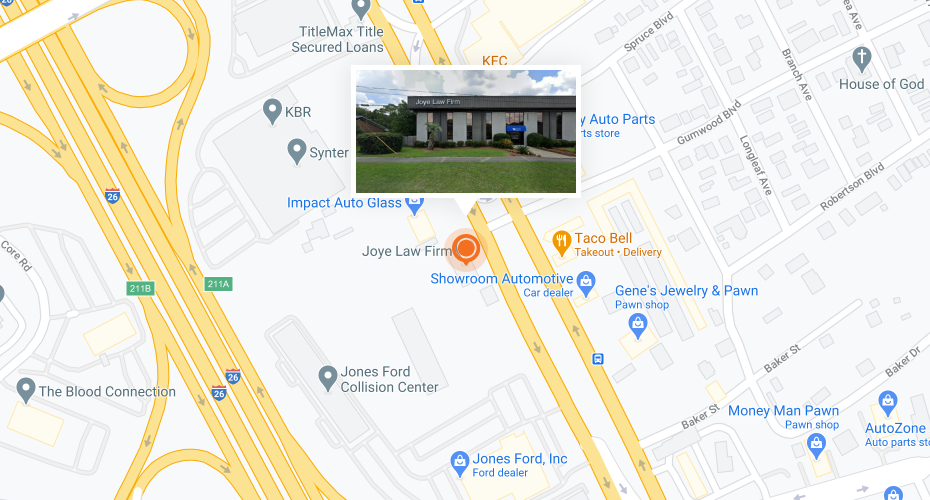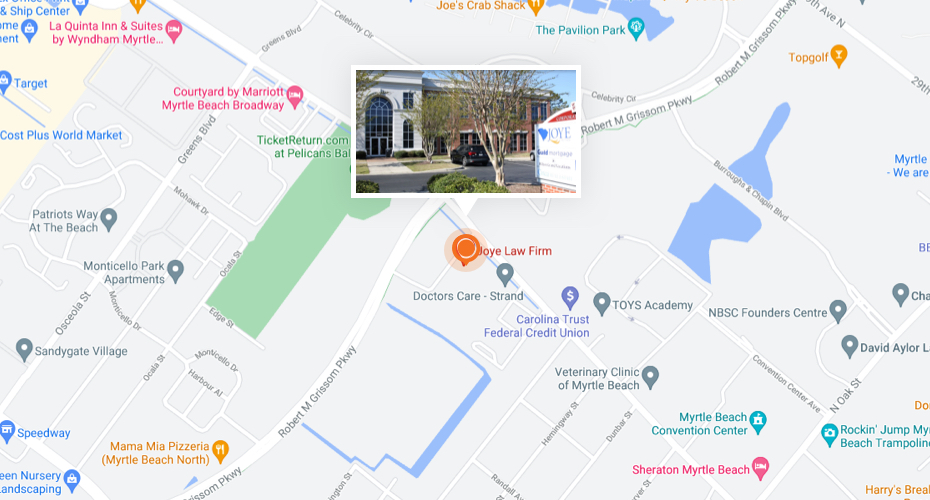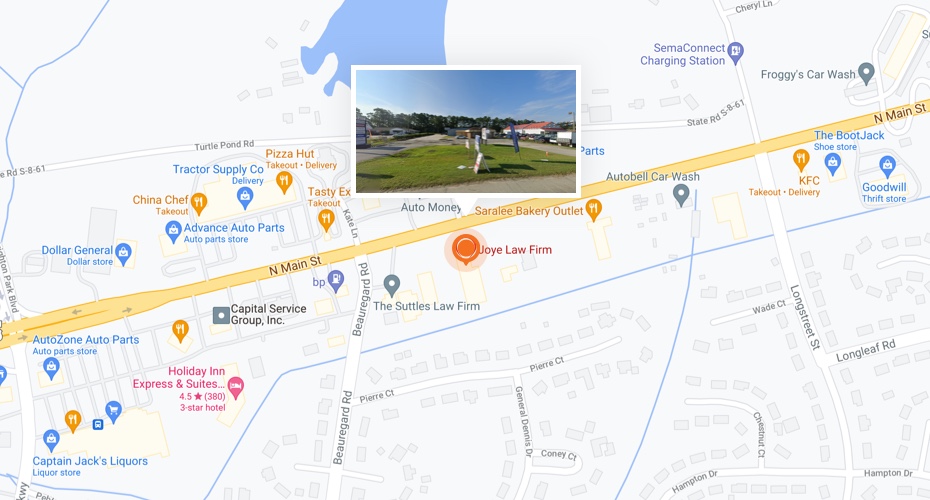
Airbags are designed to inflate rapidly and cushion the impact when you are involved in a car accident by preventing your head or chest from slamming into the steering wheel, dashboard, windshield, and other hard structures. Airbags have significantly reduced the number of car accident deaths since they became standard safety equipment in cars.
Unfortunately, airbags present serious risks to both drivers and passengers in vehicles. Children under age 13 are particularly at risk of injuries caused by the rapid inflation of airbags. Young children are not the only ones who can be harmed by an inflating airbag. People of smaller stature are at a heightened risk of an airbag injury because they usually sit closer to the steering wheel, which is where airbags are stored. If the airbag malfunctions or if a motorist is not positioned correctly, serious injuries can occur to a motorist of any age or size.
Airbags also malfunction. They have been known to fail to deploy in crashes and to deploy in non-crash situations while a car is in motion, which may lead to a crash. In other cases, airbag inflators have exploded with enough force to hurl dangerous shrapnel into the passenger cabin. Millions of Takata airbags installed in numerous types of vehicles have been recalled in the wake of airbag-related deaths due to defective inflators.
If you or a loved one has been hurt by an airbag or if your injuries were made worse by an airbag, you may have a right to demand compensation from the manufacturer. Our South Carolina airbag injury lawyers at Joye Law Firm can help you pursue a claim for damages against the manufacturer or others responsible for your airbag injuries.
To find out how we can help you if you have been injured by a faulty airbag, call us at (888) 324-3100“>(888) 324-3100 or fill out our online contact form for a free and confidential claim evaluation.
How Airbags Work and Can Cause Injury
The National Highway Traffic Safety Administration (NHTSA) says that from 1987 to 2017, frontal airbags in motor vehicles have saved more than 50,000 lives. Front-seat airbags have been standard equipment in all passenger cars since 1998 and in all SUVs, pickups, and vans since the model year 1999. Side airbags are being offered as standard or optional equipment on many new passenger vehicles.
Despite the fact that thousands of deaths have been prevented, airbags are not a perfect safety device. In fact, airbags can injure children and small adults. To reduce injury in the event your airbag deploys NHTSA recommends that children ride in the back seat up to age 13 in part to avoid contact with airbags in a crash.
In a moderate to severe crash, a sensor in the vehicle sends a signal from the airbag system’s electronic control unit to an inflator within the airbag module. An igniter in the inflator starts a chemical reaction that inflates the airbag within the blink of an eye – less than 1/20th of a second. Side-impact airbags inflate even faster since there is less space between the driver or passengers and the object they may be thrown against in a crash, such as the interior of the vehicle, another vehicle, a tree, or a pole.
Because airbags deploy with such force, serious or sometimes fatal injuries can occur if the driver or passenger comes in direct contact with the airbag as it first begins to deploy.
Researchers writing in the peer-reviewed Emergency Medicine Journal (EMJ) reviewed years’ worth of medical literature about airbag injuries and listed the most common injuries reported from airbag deployment:
- Head injuries, including facial trauma, injury to the joint connecting the jawbone to the skull, brain injuries and decapitation.
- Eye injuries, including orbital fractures, retinal detachment and lens rupture. The chemicals involved in inflating the bag have been implicated in eye injury, as has shrapnel from airbag cover components.
- Spine injuries, including broken bones in the neck and back.
- Chest and abdominal injuries, including fractured collarbone, broken ribs, a collapsed lung, and injuries to the heart.
- Arm injuries, including fractures of the forearm and dislocated shoulders.
- Soft tissue injuries.
- Hearing loss.
- Premature rupture of the amniotic sac during pregnancy, or PROM. Complications that may occur with PROM include development of a serious infection of the placental tissues called “chorioamnionitis,” which can be very dangerous for mother and baby; placental abruption (early detachment of the placenta from the uterus); compression of the umbilical cord; Cesarean birth; and postpartum (after delivery) infection.
Among children involved with airbag deployment, infants in rear-facing child seats strapped into the front passenger seat may suffer severe head and neck injuries caused by the deployment of the bag, and forward-facing children who are unbelted can suffer severe head injuries, EMJ says.
How Airbags Injuries Occur in Car Accidents
Individuals involved in car accidents can be hurt in a number of ways.
The effectiveness of the airbag depends upon the following:
- the individual’s seat position
- the design of the airbag
- the person’s height and weight
- how the airbag is tethered
- how the airbag has been folded
- the angle and rate at which the airbag deploys
- how fully the airbag inflates
- the airbag’s material
- the airbag’s sensor design.
The NHTSA said in 2017 that most airbag deaths were among passengers. More than 90 percent of those were children and infants, most of whom were unbelted or in rear-facing child safety seats that placed their heads close to the deploying airbag. Short and elderly drivers, who tend to sit close to the steering wheel, also were vulnerable to inflation injuries from frontal airbags.
Sometimes airbag sensors can malfunction or may not detect an impact at a certain angle. This can result in the airbag not deploying when it needs to, leaving the motorist at risk of sustaining a serious head injury from the impact of the car accident. A 2019 report says an electrical signal overload could be responsible for airbag failures that led to as many as eight deaths in car accidents. These crashes involve airbag control units made by a company called ZF-TRW.
Faulty sensors can even cause an airbag to deploy when there hasn’t been a crash. For example, hitting railroad tracks or a pothole at high speed could cause the airbags to deploy unnecessarily.
Airbags made by the Japanese company Takata and installed in millions of U.S. passenger cars and trucks have been known to explode. This is with so much force that they send shrapnel from the airbag cover into drivers and passengers. This has caused lacerations and blunt force trauma, which has been fatal in some cases.
There have been multiple Takata airbag recalls, and the NHTSA action against ZF-TRW airbag controllers may lead to a recall. Consumers can find information on recalls affecting their vehicles in the NHTSA recall database, which requires a car or truck’s vehicle identification number (VIN). The database also has information about service centers that are authorized to repair recalled vehicles free of charge.
There is still a risk of injury from an airbag, even if everything works as it should. In these situations, the driver who is at fault for a car accident may be held liable for injuries related to the airbags.
Compensation for Airbag Deployment Injuries
If you or a loved one has suffered an airbag injury, you may have the right to compensation from the at-fault driver, the manufacturer of the car or the company that made the airbag or its parts.
The compensation available for an airbag injury victim can include compensation for:
- Medical expenses
- Lost wages and future lost income
- Vehicle repair or replacement
- Pain and suffering
- Emotional distress.
If you lost a close relative due to a defective airbag, you could be entitled to compensation through a wrongful death claim.
Product liability lawsuits against airbag or car manufacturers are distinct from personal injury claims against the driver who caused your crash.
Manufacturers and other companies facing large product liability cases often settle. Several car companies that have sold cars with Takata airbags have settled class action and multi-district litigation (MDL) lawsuits, including Ford Motor Co., which gained the approval of a $300 million settlement in December 2018.
You may be able to pursue a product liability claim of your own or take part in a settlement agreement, even joining after a settlement has been approved by the presiding court. Our attorneys at Joye Law Firm can help you assess your case. They can help you determine the proper path to seek the full compensation you deserve.
Contact Our South Carolina Airbag Impact Injury Attorneys
 If you’ve been seriously injured by the deployment or failure of an airbag in a South Carolina car accident, you can trust our attorneys to work to get you the money and benefits you are entitled to claim. The attorneys at Joye Law Firm have been helping people in South Carolina for more than 50 years and have a record of results. A number of our lawyers have been named Super Lawyers or rising stars in South Carolina.
If you’ve been seriously injured by the deployment or failure of an airbag in a South Carolina car accident, you can trust our attorneys to work to get you the money and benefits you are entitled to claim. The attorneys at Joye Law Firm have been helping people in South Carolina for more than 50 years and have a record of results. A number of our lawyers have been named Super Lawyers or rising stars in South Carolina.
Call Joye Law Firm or complete our online form for a free initial consultation today.
Testimonials
I was referred to Joye Law Firm by freind. She had been in an accident and told me just how good they was and worked with her through her ordeal. So I called them after my accident and they have been so helpful with me. They do not rush to get you a quick settlement like some lawyers do. They take there time getting all the information so they can look out for your best. Very professional and caring. I would tell anyone that you want the best go to Joye Law Firm. You are not just a number with them they truly care about you as a person.
Review by: Debbie Tutton
Reviewing: Car Accident Legal Services
Date published:07/31/2020
Rating: ★★★★★ 5 / 5 stars



























